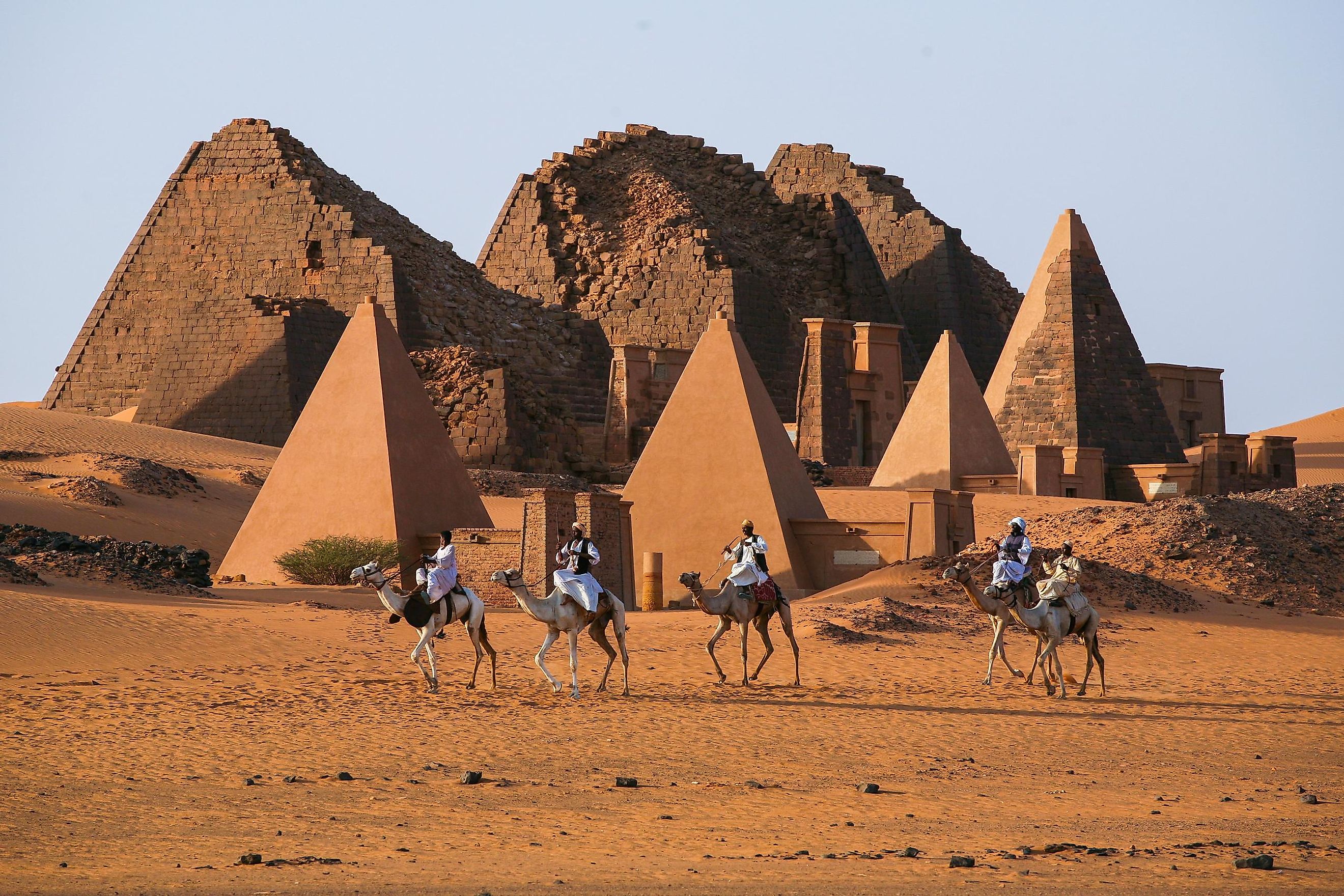
6 Most Influential Ancient African Kingdoms
Gold and raw force are languages that the ancient world spoke, and in Africa, these six kingdoms were abundantly fluent. The continent's rich natural resources have been a bittersweet reality, attracting predatory nations and internal conflict over at least the past 500 years. However, large organized groups still managed to assemble and dominate the continent in stages from 3000 years back until as recently as the 19th century. One reality is certain; the people and leaders of these kingdoms, like the otherworldly Mansa Musa or Queen Amanirenas (who successfully defied Rome), left a legacy for historians and students to marvel at.
Kingdom Of Kush
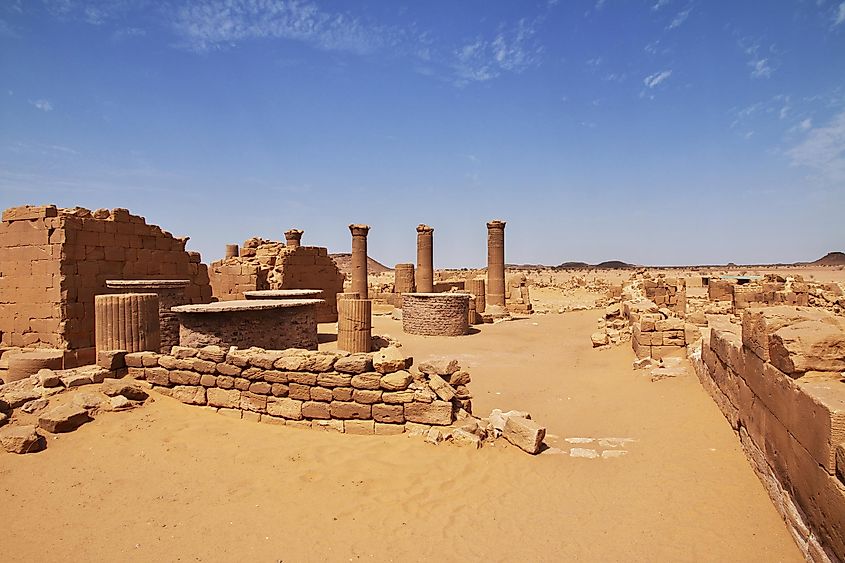
The Kingdom of Kush thrived in the region that is now modern-day Sudan, flourishing as a powerful and influential African kingdom from approximately 1070 BCE to 350 CE. Originally a part of ancient Egypt, Kush gained independence during the New Kingdom period (circa 1539–1075 BCE). Throughout its existence, the kingdom's power ebbed and flowed, with periods of strong influence over Egypt and other neighboring territories. Notably, around 30 BC, Kandake Amanirenas led the Kushites successfully against the encroaching Roman Empire and secured independence and respect from the Emperor himself.
Two major cities, Napata and Meroë, served as important political and religious centers during different periods in Kushite history. Napata became the capital during the 8th century BCE, while Meroë rose to prominence in the 3rd century BCE. The shift to Meroë coincided with the kingdom's development of a unique, independent identity distinct from Egyptian influence. Meroë's strategic location near the Nile River and iron-rich areas allowed the Kushite economy to thrive on trade and iron production.
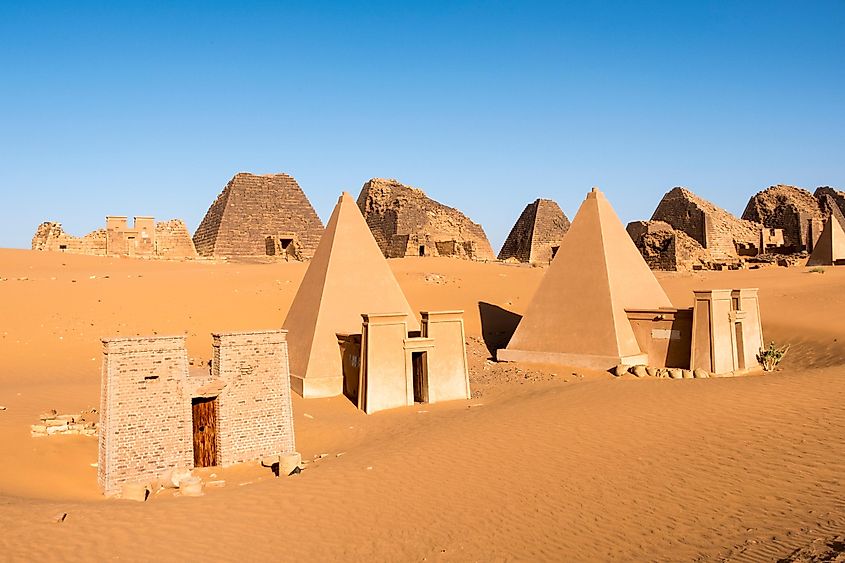
Kushite rulers exhibited their power and wealth by constructing monumental structures such as temples, pyramids, and palaces. The Nubian pyramids, smaller and steeper than their Egyptian counterparts served as tombs for the royal family and other important figures. Notably, Kush featured a line of powerful ruling queens, known as Kandakes or Candaces, who wielded significant influence in both the political and military spheres.
The Kingdom of Kush interacted extensively with its neighbors, including Egypt, the Arabian Peninsula, and the Greco-Roman world. These interactions led to exchanging of ideas, goods, and cultural practices, resulting in a rich and diverse society. Ultimately, the Kingdom of Kush declined due to a combination of internal strife, economic decline, and external pressures, particularly from the expanding Kingdom of Axum.
Kingdom Of Axum
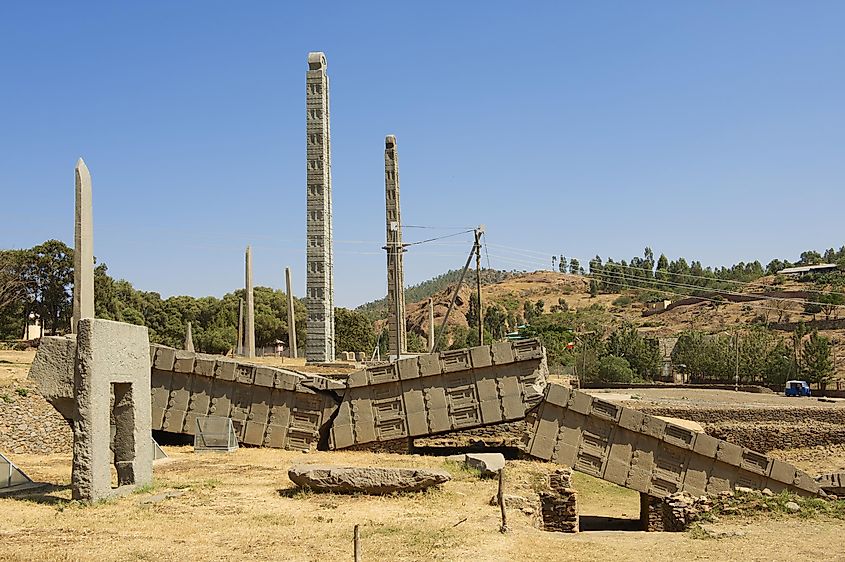
The Kingdom of Axum, located in present-day Ethiopia and Eritrea, emerged as a powerful civilization around the 1st century CE. It grew to dominate the Red Sea trade routes, linking the Mediterranean world with the Indian Ocean and Arabian Peninsula. Axum's strategic location and control over these trade routes contributed to its wealth and influence, which peaked between the 4th and 7th centuries CE.
Axumite society featured a diverse mix of cultures thanks to its extensive trading networks. The Kingdom adopted Christianity in the early 4th century CE under King Ezana, making it one of the earliest nations to do so. The Axumite rulers often commissioned the construction of impressive stone obelisks, known as stelae, to mark their tombs and assert their power.
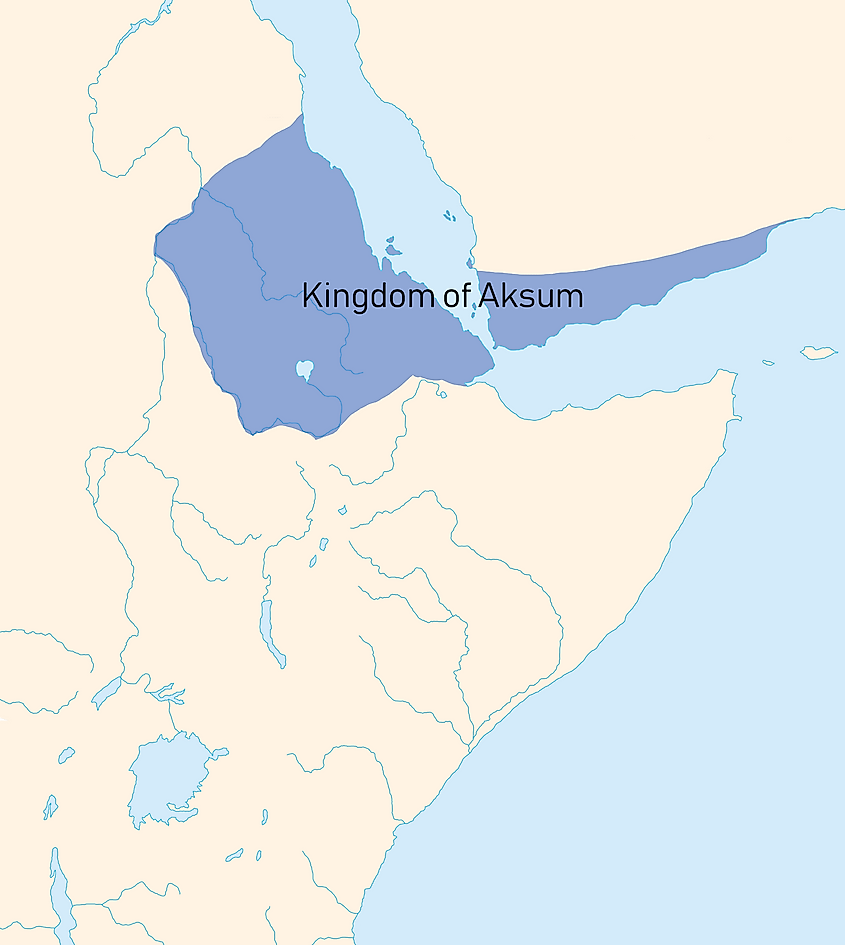
The Axumite Empire controlled territories beyond the Ethiopian Highlands, extending into present-day Sudan, Yemen, and Saudi Arabia. Its strong military, skilled diplomacy, and strategic alliances helped maintain these territories. Axum's conquest of the Kingdom of Kush in the 4th century CE marked a key moment in the empire's expansion.
The Kingdom of Axum eventually declined despite its power and influence, starting in the 7th century CE. A variety of factors contributed to its fall, including the rise of Islam, which disrupted the Red Sea trade routes, and environmental degradation, which led to decreased agricultural productivity.
Kingdom Of Ghana
The Kingdom of Ghana, also known as Wagadou, emerged around the 8th century CE in the region that is now modern-day Mauritania and Mali. The Soninke people, a Mande-speaking ethnic group, established the kingdom and contributed to its development. Ghana grew into a powerful and influential state, controlling vital trade routes across the Sahara Desert and acting as an intermediary between the Arab traders of North Africa and the indigenous peoples of West Africa.
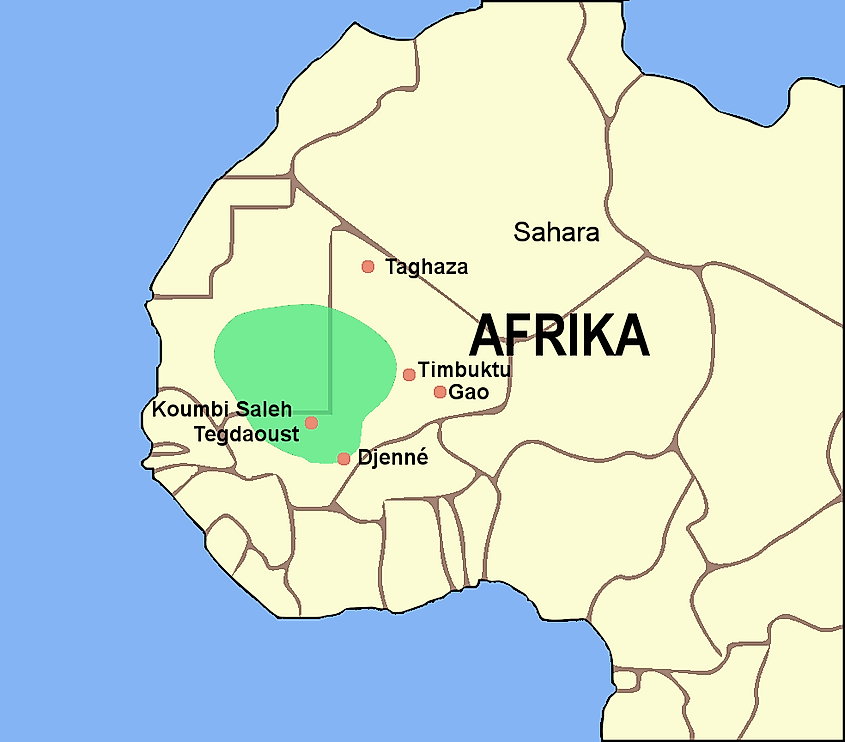
Gold and salt became the primary commodities driving the Kingdom of Ghana's economy. The abundance of gold in the region, particularly from the Bambuk and Bure goldfields, generated immense wealth for the kingdom. Salt, essential for preserving food and maintaining health, was another valuable commodity that Ghana controlled, primarily through the mines of Taghaza and Taoudenni. The trade of these resources, along with ivory, copper, and enslaved people, facilitated the growth of the Ghanaian state.
The Kingdom of Ghana featured a centralized government, with the king holding significant power over the administration, military, and judiciary. The capital city, Koumbi Saleh, served as a political, economic, and religious center and was divided into two main areas: the royal palace and the Muslim trading town. This separation illustrated the coexistence of indigenous religious practices and Islam, which began to spread throughout the region from the 9th century CE.
Ghana's military strength, based on its well-trained cavalry and infantry, enabled the kingdom to maintain control over its vast territories and protect its trade routes. However, in the 11th century CE, the Kingdom of Ghana faced multiple challenges, including invasions from the Almoravid dynasty and internal power struggles. These conflicts contributed to the kingdom's decline, and by the 13th century CE, it was succeeded by the rising power of the Mali Empire.
Kingdom Of Mali
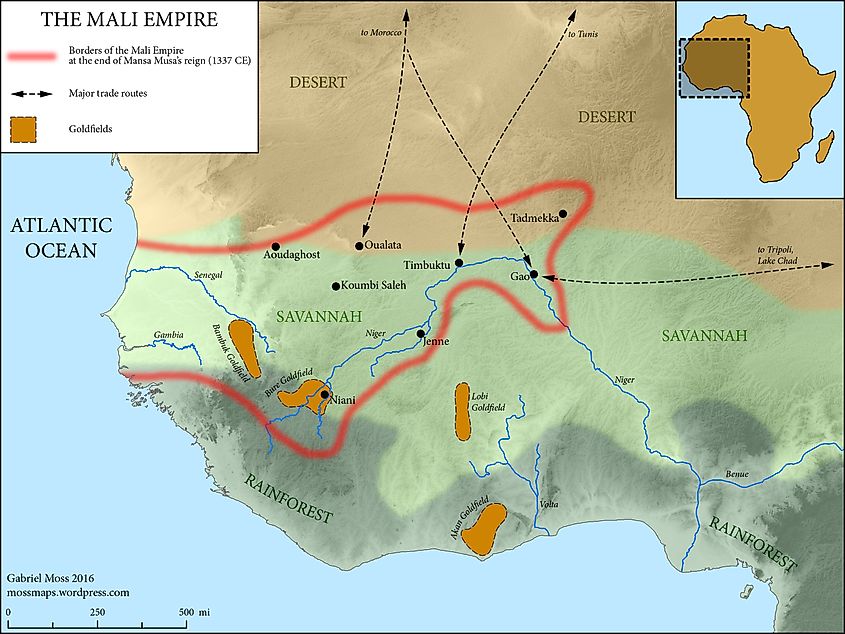
The Kingdom of Mali, one of West Africa's most powerful and expansive empires, thrived between the 13th and 16th centuries. At its peak, Mali stretched across parts of present-day Mali, Senegal, Guinea, Niger, Nigeria, and Burkina Faso. Sundiata Keita, the founder and first ruler of the empire, established it in 1235 after a decisive victory against the Sosso king Sumanguru at the Battle of Kirina.
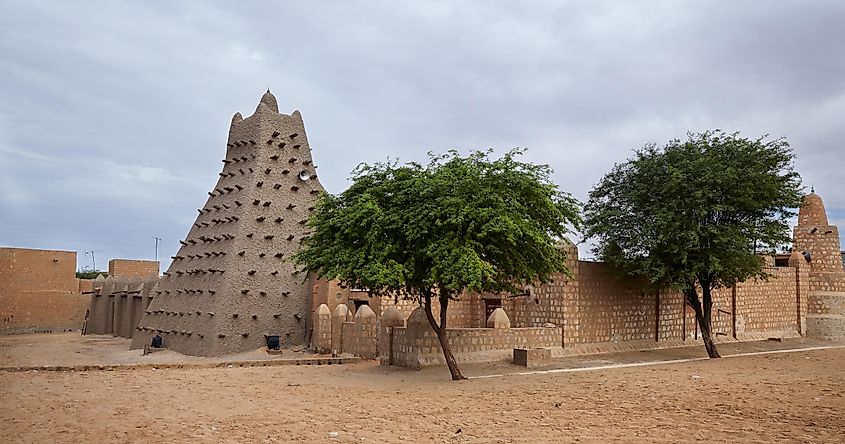
Mali's wealth stemmed primarily from its gold mines, which produced more than half of the world's supply during the 14th century. The kingdom also controlled important trade routes that connected West Africa with North Africa and the Mediterranean world. Caravans laden with gold, salt, ivory, and other valuable goods traversed these routes, enriching Mali and its rulers. However, Mali was divided and then invaded into insignificance by the late 17th century.
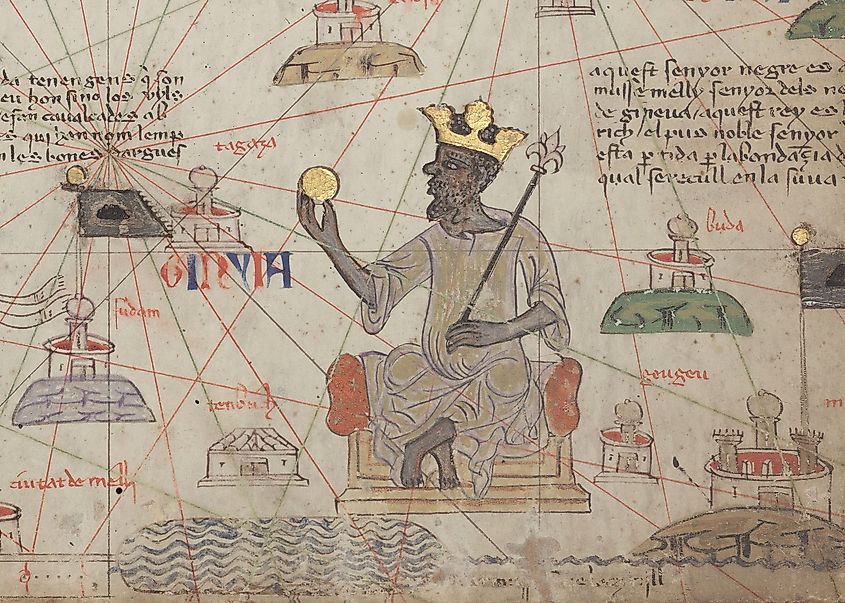
Mansa Musa, the tenth ruler of Mali, ascended the throne in 1312 and reigned until 1337. He was arguably the most famous and influential ruler in the empire's history. In 1324, Mansa Musa embarked on a historic pilgrimage to Mecca, bringing with him a vast entourage and enormous amounts of gold (one legend suggests that his spending sprees caused rampant inflation in the areas the groups traveled through). His journey drew attention from across the Islamic world, putting the Kingdom of Mali on the global stage. This pilgrimage also stimulated the growth of Islamic scholarship, art, and architecture in the region, turning Timbuktu, Mali's most significant city, into an intellectual and cultural center.
The Kingdom Of Benin
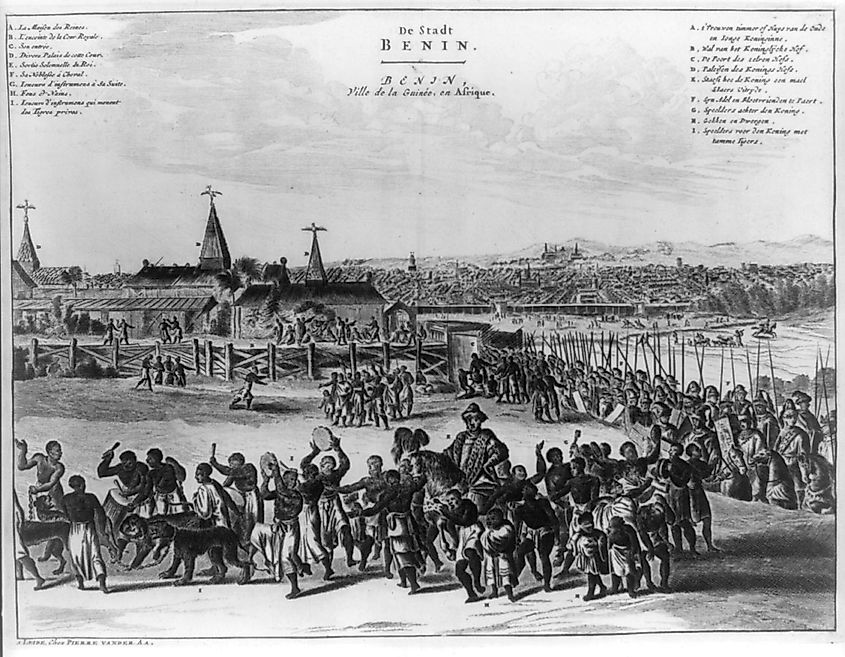
The Kingdom of Benin, located in present-day Nigeria, rose to prominence during the 13th century and endured until the late 19th century. The Oba, or king, served as the central figure in Benin's political system, commanding both religious and secular authority. Oba Ewuare the Great, who ruled in the 15th century, ushered in a golden age of prosperity and artistic achievement for the kingdom.
The Benin Empire's economy hinged on trade, agriculture, and craftsmanship. Skilled artisans, particularly bronze casters and wood carvers, created intricate works of art that became highly sought after in both local and international markets. The most renowned of these works were the Benin Bronzes, a collection of plaques and sculptures depicting scenes from the kingdom's history, religious rituals, and the lives of its rulers. These works of art were not only aesthetically impressive but also served as important historical records.
The kingdom's wealth also stemmed from its control of trade routes in the region and its production of valuable goods like palm oil, pepper, and textiles. Benin traded with neighboring African kingdoms, as well as with European and Middle Eastern merchants, leading to a diverse and thriving market.
Benin's military, consisting of infantry and cavalry units, played a crucial role in the kingdom's expansion and security. The Oba employed a highly centralized administration to govern the kingdom, and many aspects of Benin's society, such as religious practices and art, revolved around the Oba and his court. The Kingdom of Benin ultimately declined due to internal strife and external pressures. In the late 19th century, British forces invaded and plundered the capital city, effectively ending the kingdom's existence.
Kingdom Of Songhai
The Kingdom of Songhai emerged in the 15th century, eventually surpassing the Mali Empire in size and power. It originated in the city of Gao, located on the banks of the Niger River in present-day Mali. Under the leadership of Sunni Ali Ber, who ruled from 1464 to 1492, Songhai transformed from a small kingdom into a sprawling empire, encompassing much of the territory previously controlled by the Mali Empire.
Sunni Ali Ber's aggressive military campaigns successfully subdued many neighboring states, including the important trading cities of Timbuktu and Djenné. His successors, particularly Askia the Great, who ruled from 1493 to 1528, continued expanding the empire through conquest and diplomacy.
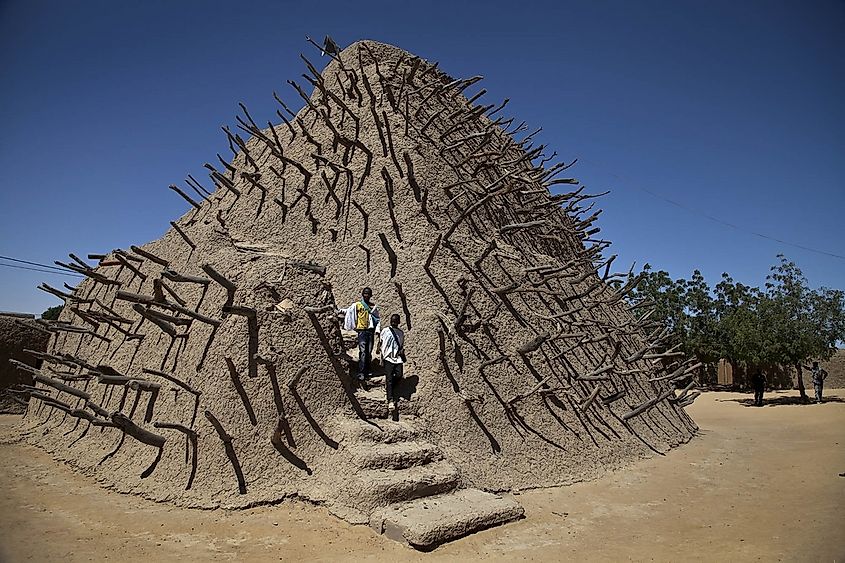
Songhai became a hub of Islamic learning and culture under Askia the Great's rule. He strengthened the empire's Islamic identity, appointed Muslim scholars to high positions, and sent his sons to study in Islamic learning centers. The Sankore Madrasah in Timbuktu flourished during this period, attracting scholars from all over the Islamic world.
Songhai's economy relied heavily on trade, particularly in gold and salt. The empire controlled crucial trade routes that connected West Africa with North Africa and the Middle East. Agriculture also played a vital role in the kingdom's prosperity, with the fertile land along the Niger River supporting a thriving agricultural industry.
These six influential ancient African kingdoms showcase the remarkable wealth, power, and cultural achievements that have shaped the continent's history. By interconnecting their societies, they proved that trade and the exchange of ideas could lead to the flourishing of civilizations. However, the rise and fall of these kingdoms also serve as a poignant reminder of the vulnerability of even the most powerful realms in the face of internal strife and external pressures. Ultimately, the stories of these kingdoms leave us contemplating the impermanence of power that has always characterized human empires.











